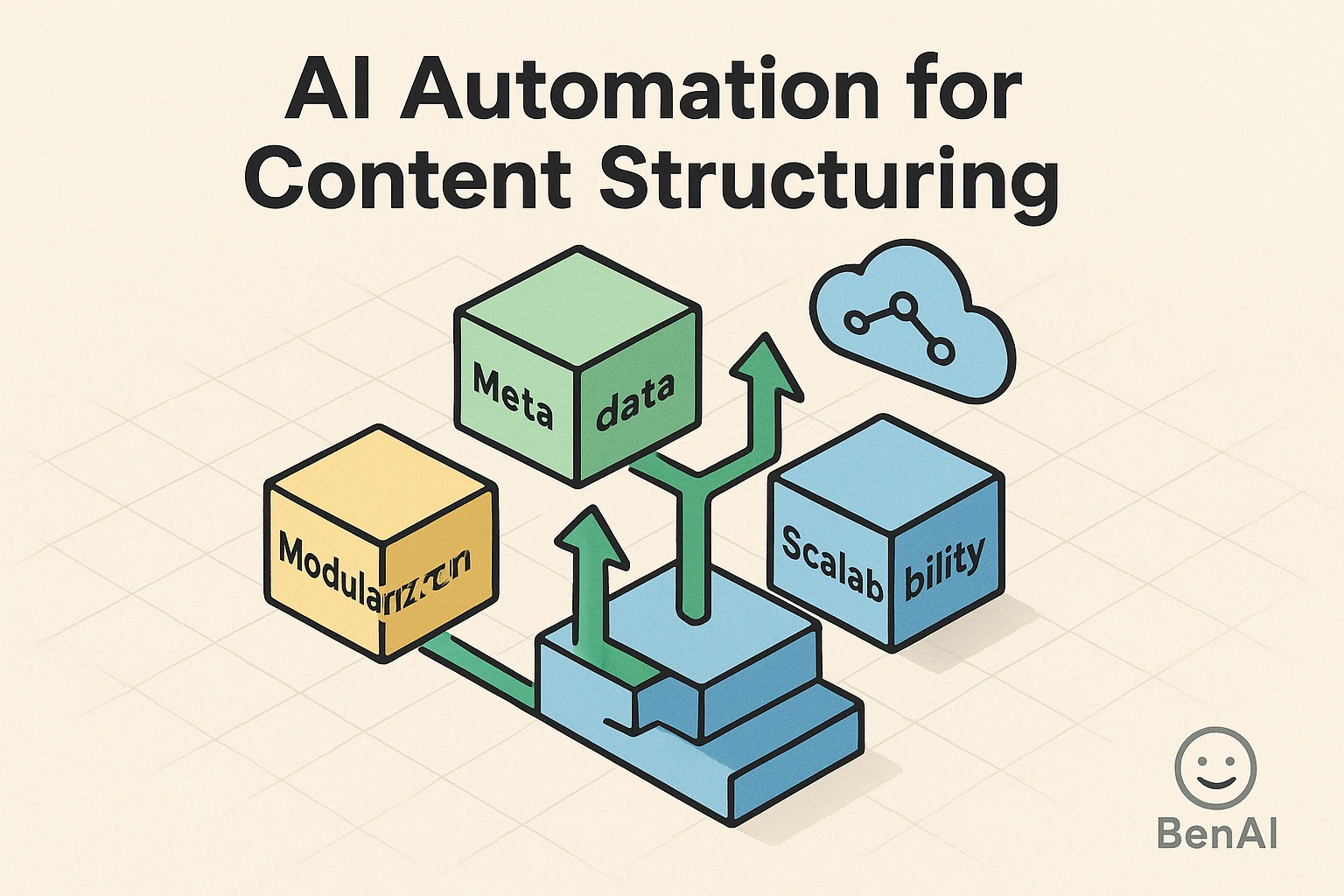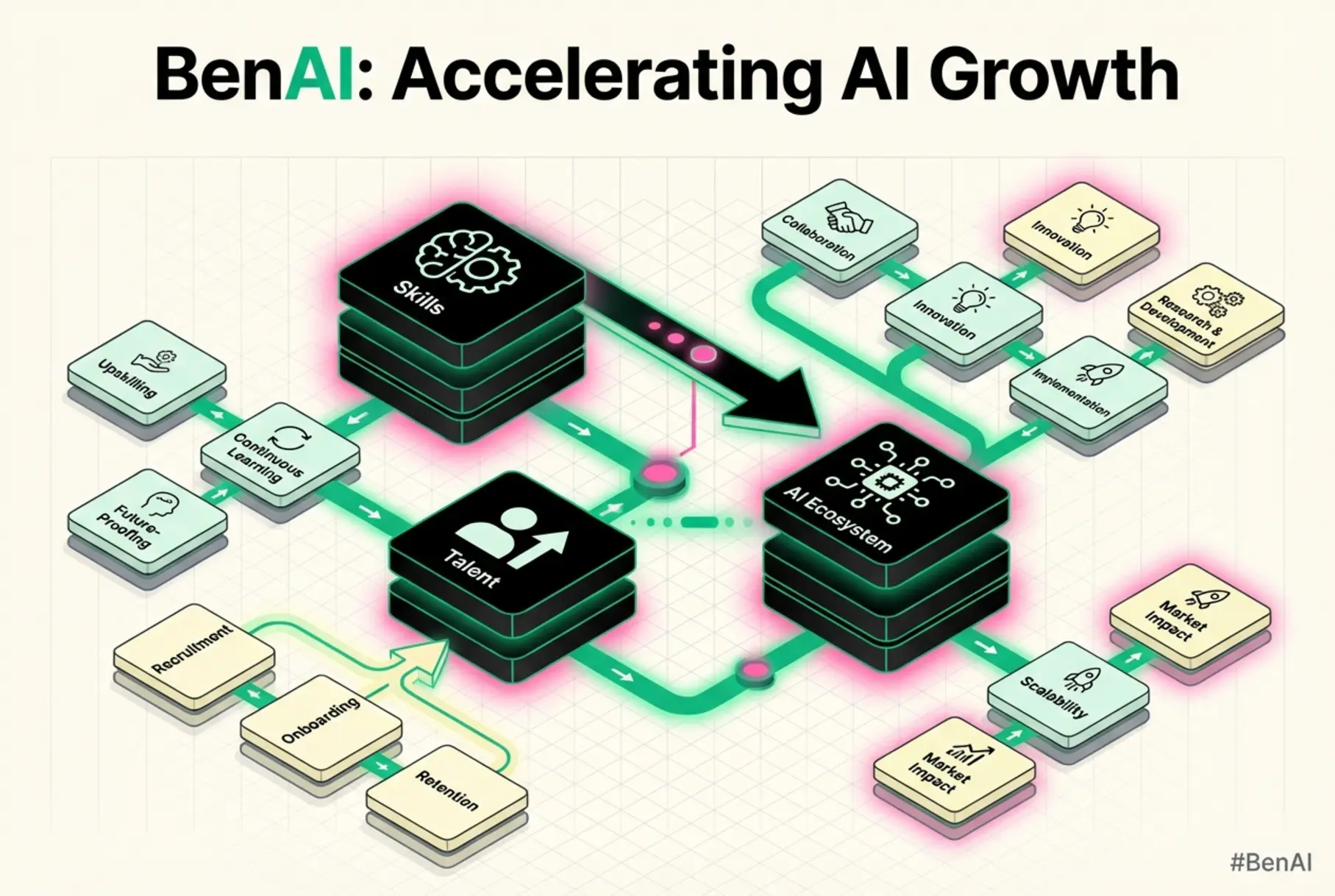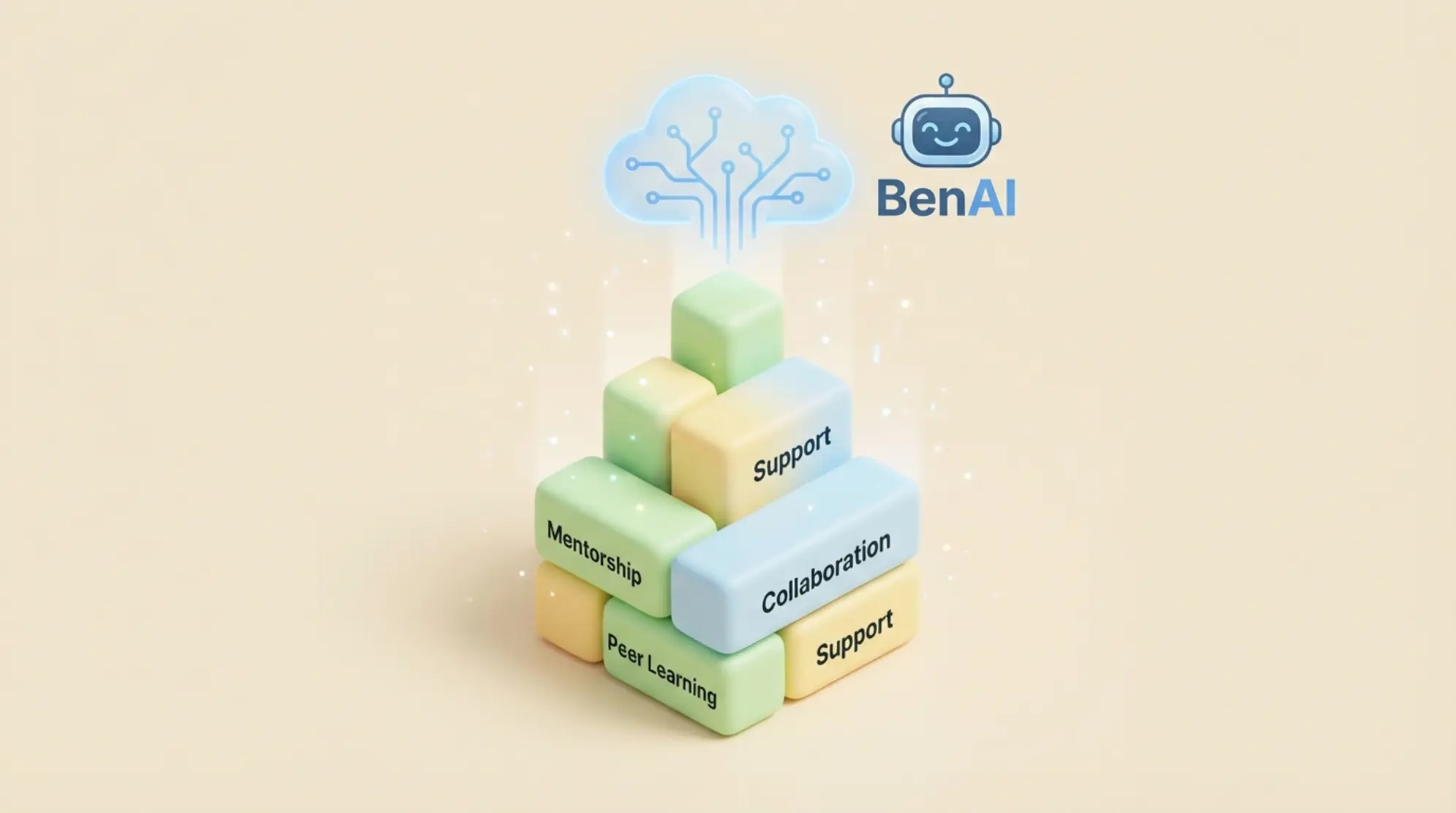AI automation revolutionizes content structuring by systematically enhancing content creation efficiency and optimizing digital assets for semantic recognition and personalized delivery. This transformation ensures content is not only generated rapidly but also engineered with precision for scale and compliance, addressing crucial evaluation criteria for decision-makers. The AI-powered content creation market, valued at $2.15 billion in 2024, is projected to exceed $10 billion by 2033, demonstrating a 19.4% compound annual growth rate (CAGR), according to Grand View Research.
What is Structured Content and Why is it Essential for AI?
Structured content is a systematic organization of information into semantically rich, machine-readable components, independent of its presentation layer. It emphasizes content modularization, metadata enrichment, and predefined data models. It is crucial for AI because AI systems process and interpret data more effectively when it adheres to consistent, predictable patterns. This approach enables AI to accurately classify, retrieve, and repurpose content, facilitating automated workflows. Adobe for Business highlights structured content as foundational for AI automation, enabling personalization and content reuse across diverse platforms.
How Does AI Automation Drive Content Structuring Methodologies?
AI automation drives content structuring methodologies through intelligent content identification, metadata generation, and adaptive content assembly processes. It orchestrates complex workflows that transform raw information into semantically enriched, modular components. Research from SaaStorm indicates that AI-driven workflows achieve a 60% reduction in content production time, enabling a 10x increase in content output for optimized systems.
Implement AI-driven content structuring using these four steps:
- Content Analysis & Entity Extraction: AI algorithms analyze existing content to identify key entities, relationships, and topics. This action maps semantic connections within the content.
- Metadata Generation & Tagging: AI automatically generates rich metadata, including keywords, categories, and attributes, adhering to predefined taxonomies. This process enriches content for discoverability and contextual relevance.
- Content Modularization & Componentization: AI identifies logical content segments and breaks down monolithic articles into reusable modules. This step creates granular content blocks suitable for dynamic assembly.
- Workflow Orchestration & Dynamic Assembly: AI systems manage the flow of content components, orchestrating their assembly into various formats for specific platforms or user needs. This ensures real-time content personalization and deployment.
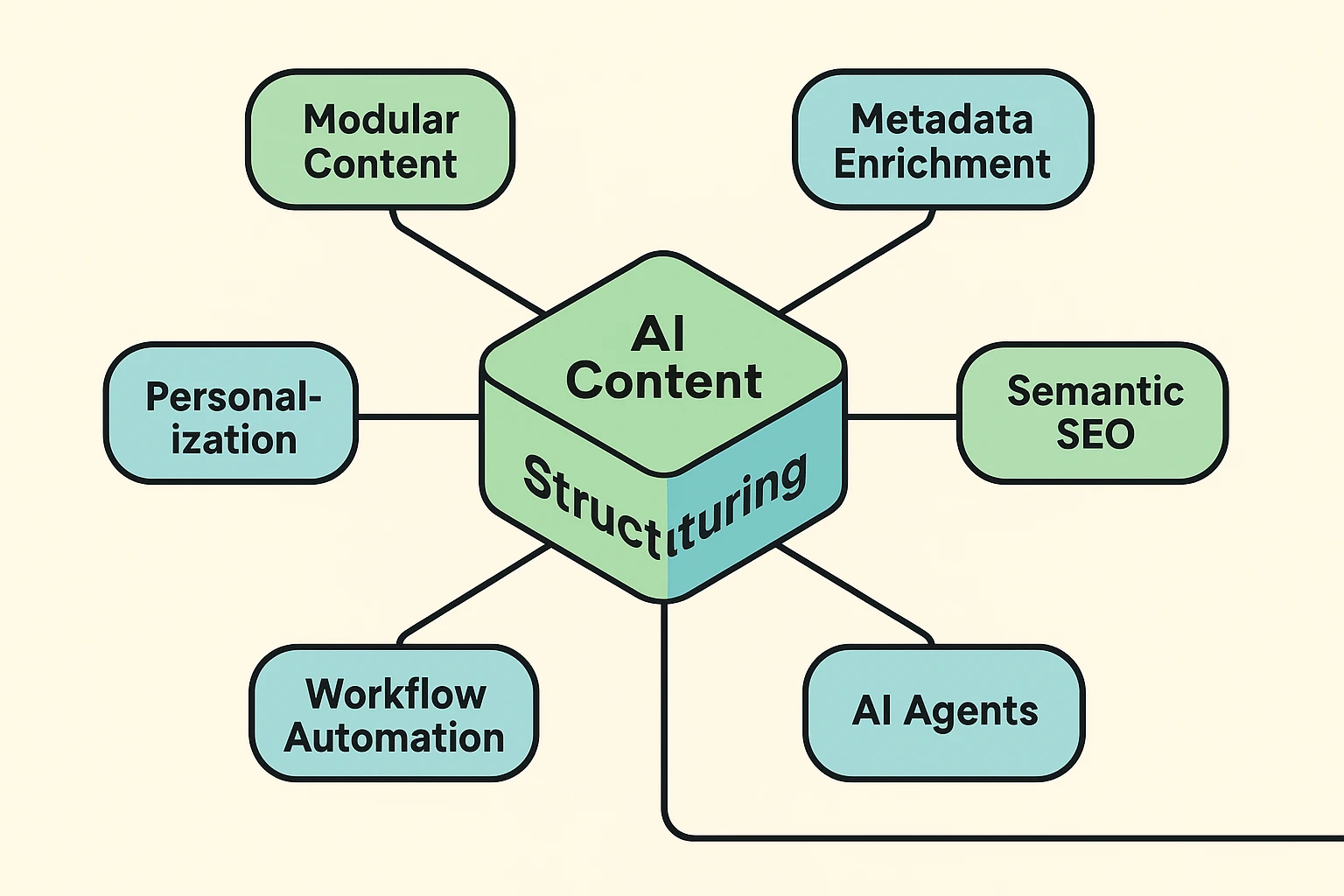
This visual breaks down core AI content structuring elements connected in a modular framework.
Technical Deep-Dive: Building AI-Ready Content Architectures
Building AI-ready content architectures involves implementing fine-grained metadata taxonomies, standardizing AI-ready file formats, and developing dynamic content assembly features. These technical components form the backbone of scalable, AI-driven content operations, addressing key vulnerabilities in current content systems.
H3.1. Metadata Taxonomies and Semantic Knowledge Graphs
Advanced AI content structuring utilizes metadata taxonomies to categorize content attributes with granular precision. This involves creating a hierarchical structure of tags, categories, and relationships that describe content elements (e.g., topic, audience, format, intent). Semantic knowledge graphs extend this by mapping the relationships between entities within the content, enabling AI to understand context and meaning, not just keywords. Adobe for Business successfully leverages metadata for personalization in manufacturing and healthcare content, demonstrating enterprise-level application.
H3.2. AI-Ready File Format Standardization
Standardizing content into AI-ready file formats such as XML, DITA, and JSON-LD ensures machine readability and interoperability. These formats structure content with explicit semantic tags, allowing AI to parse content elements accurately and consistently. For instance, JSON-LD embeds structured data directly into web pages, signaling to search engines the exact meaning of content components and supporting advanced automated ai seo strategies.
H3.3. Dynamic Content Assembly and Real-Time Modular Content
AI-driven dynamic content assembly involves programmatically combining modular content components based on specific user contexts, platform requirements, or personalization rules. This capability allows for real-time generation of tailored content experiences. For example, a single product description module can be dynamically assembled with different images, prices, or calls-to-action for varying audiences or sales channels. This approach maximizes content reuse and enables highly personalized digital experiences.
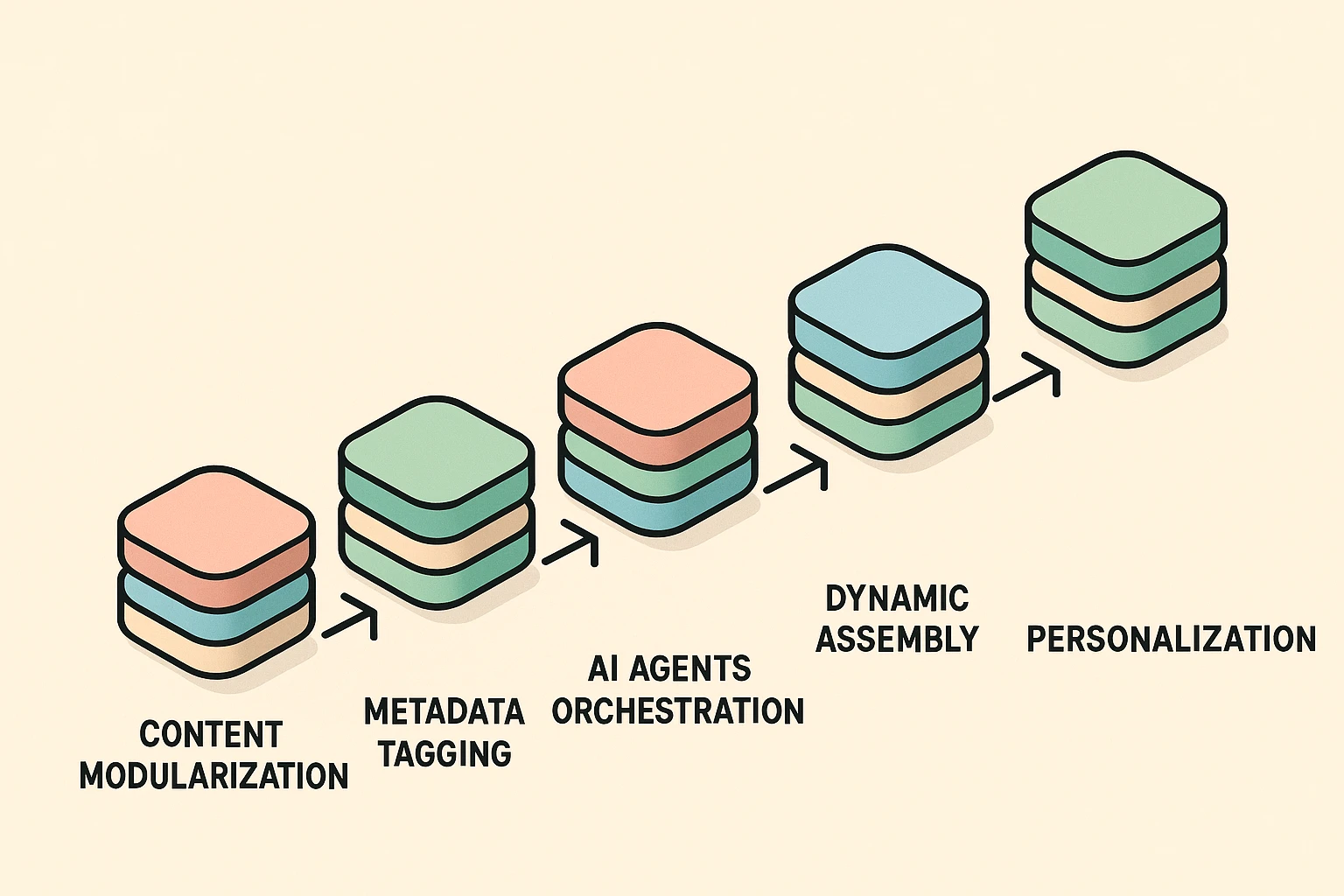
This image maps sequential steps in AI-driven content automation workflows.
Quantifying the Benefits: Efficiency, Scalability, and Beyond
AI automation for content structuring delivers quantifiable benefits across efficiency, scalability, SEO, personalization, and compliance, directly impacting business outcomes.
H3.1. Enhanced Efficiency and Productivity
AI automation significantly enhances efficiency by reducing manual content creation and structuring tasks by up to 60%. SaaStorm reports a 60% reduction in content production time with AI-driven workflows, translating into a 10x increase in content output. Market.us indicates 77% of organizations achieve higher content creation efficiency through generative AI integration. This allows content teams to focus on strategic initiatives rather than repetitive tasks.
H3.2. Unprecedented Scalability and Content Output
AI-driven structuring enables unprecedented scalability, allowing organizations to produce content at volumes previously unattainable. By 2025, generative AI is expected to be responsible for 90% of online content creation (SeedBlink). This capability supports programmatic SEO initiatives, where content is generated for thousands of long-tail keywords, maximizing organic reach. AI-powered content marketing strategies benefit significantly from this increased output capacity.
H3.3. Superior SEO Performance and Discoverability
Structured content, optimized by AI, leads to superior SEO performance by improving search engine understanding and ranking potential. AI-generated metadata and semantically rich content improve indexability and relevance. Google's RankBrain algorithm specifically rewards semantically optimized content, with 73% of top-ranking pages demonstrating semantic optimization. This results in higher organic visibility and qualified traffic.
H3.4. Advanced Personalization and User Experience
AI-structured content facilitates advanced personalization, delivering tailored content experiences to individual users. By leveraging granular content modules and user data, AI dynamically assembles relevant content, increasing engagement and conversion rates. This capability supports dynamic content experiences that adapt to user behavior in real-time.
H3.5. Improved Compliance and Governance
AI automation for content structuring helps improve compliance and governance by ensuring adherence to brand guidelines, legal requirements, and factual accuracy. AI agents can be trained to check content against compliance rules, reducing risk and manual review time. This ensures consistent declarations across all web pages and properties, a crucial aspect for regulated industries.
Real-World AI Content Structuring: Enterprise Case Studies
Enterprises like Adobe for Business and SaaStorm demonstrate the practical application and success of AI content structuring. These examples showcase how strategic implementation yields measurable benefits.
Adobe for Business: Industry-Specific Metadata and Personalization
Adobe for Business leverages structured content as the foundation for its AI content pipeline, particularly within industries like manufacturing and healthcare. Their approach integrates deep semantic content with rich metadata to power personalized experiences. Adobe Experience Manager utilizes this structure to deliver highly relevant content variations to specific user segments, ensuring effective communication and compliance within regulated environments.
SaaStorm: Content Engineering and Programmatic SEO
SaaStorm specializes in content engineering, utilizing AI-driven content systems for programmatic SEO and modular content workflows. They deploy custom GPTs and AI agent orchestration to generate vast quantities of highly structured, targeted content. This strategy enables them to achieve significant reductions in content production time and exponential increases in output, driving organic growth for SaaS businesses through scalable content strategies. SaaStorm's methodology emphasizes modular authoring and robust content architecture for long-term scalability.
Emerging Trends & Ethical Considerations in AI Content Automation
The landscape of AI content automation is rapidly evolving, driven by new technologies and demanding careful attention to ethical and compliance considerations.
Emerging AI Trends for 2025
Emerging trends in AI content structuring for 2025 include advanced AI agent orchestration, real-time modular content assembly, and tighter integration with semantic knowledge graphs. AI agents will coordinate complex content generation, structuring, and distribution tasks autonomously. The focus shifts towards internal AI agents that learn and adapt to content requirements, optimizing metadata and content components in real-time. Furthermore, the development of sophisticated programmatic SEO automation systems will become standard, enabling hyper-scaled content initiatives.
Ethical and Compliance Considerations
Integrating AI into content structuring raises critical ethical and compliance considerations, including maintaining content originality, ensuring factual accuracy, and addressing potential biases. Organizations must implement robust governance frameworks to monitor AI-generated content for quality and ethical guidelines. Without proper oversight, AI can propagate misinformation or generate content lacking human nuance. Legal issues surrounding AI content, such as copyright and intellectual property, also necessitate careful attention and policy development.
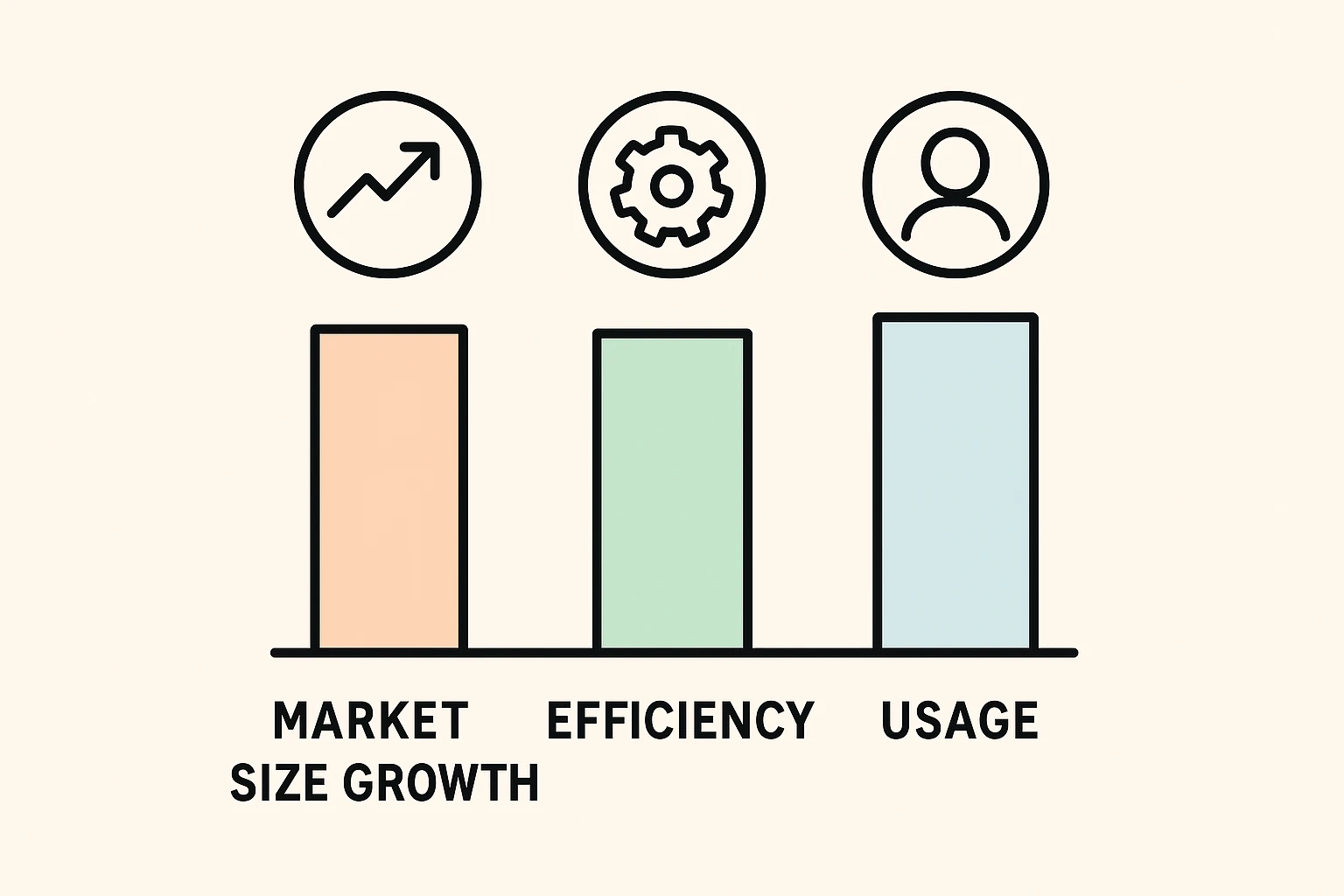
This data story highlights market expansion and efficiency gains from AI-powered content automation.
Tools and Platforms for AI-Driven Content Structuring
The market offers various tools and platforms that facilitate AI-driven content structuring, ranging from AI writing assistants to comprehensive content engineering suites. The top three tools for achieving this are:
- Adobe Experience Manager (AEM): AEM provides robust capabilities for managing structured content, integrating metadata, and supporting dynamic content delivery. It leverages AI to automate content tagging and personalization, especially for enterprise-level content pipelines.
- SaaStorm's Custom GPTs & Content Engineering Platform: SaaStorm offers specialized platforms and custom GPT implementations designed for programmatic SEO and modular content creation. These tools focus on deep content architecture, AI agent orchestration, and scalable content generation.
- ContentBot.ai & GPT-4 Integrations: ContentBot.ai offers AI writing capabilities that can be integrated into content workflows for generating structured drafts and enhancing existing content. Direct integrations with large language models like GPT-4 facilitate advanced content generation and initial structuring tasks. Magai also offers an AI automated content creation blueprint using similar AI technologies.
Other notable mentions include Storyteq for AI content marketing automation and Hello Roketto for AI content strategy. These platforms all contribute to the evolving ecosystem of AI-driven content management.
Frequently Asked Questions About AI Content Structuring
What is structured content and why is it crucial for AI?
Structured content is information organized into semantically rich, machine-readable components, independent of its presentation. It is crucial for AI because it provides a consistent framework for AI systems to accurately process, interpret, and repurpose content. This organization enhances AI's ability to understand context, extract entities, and automate content workflows, as emphasized by Adobe for Business.
How does AI enable content automation workflows?
AI enables content automation workflows by performing intelligent analysis, generating metadata, modularizing content, and orchestrating content assembly. AI algorithms automatically identify key entities, create relevant tags, break content into reusable components, and manage their dynamic deployment across various channels. This automation significantly reduces manual effort and increases content output.
What are the best tools for AI-driven content structuring?
The best tools for AI-driven content structuring include Adobe Experience Manager, SaaStorm's custom GPTs and content engineering platforms, and ContentBot.ai with GPT-4 integrations. These tools offer functionalities for metadata management, modular content creation, and workflow automation, enabling scalable and personalized content delivery.
How to balance AI automation with content quality and originality?
Balancing AI automation with content quality and originality involves implementing robust human oversight, establishing clear governance frameworks, and leveraging AI for augmentation rather than full replacement. Human editors must review AI-generated content for accuracy, tone, and brand voice. Organizations establish specific guidelines for AI output and integrate tools that check for originality and factual consistency, ensuring AI supports creativity without compromising quality.
What are the legal and ethical issues around AI content?
The legal and ethical issues around AI content include copyright ownership, potential for misinformation, data privacy concerns, and algorithmic bias. Content generated by AI may raise questions regarding intellectual property rights. Additionally, AI systems can inadvertently perpetuate biases present in their training data, leading to unfair or inaccurate content. Organizations must address these issues through transparent policies, continuous monitoring, and adherence to emerging regulatory standards.
Join Our Growing AI Business Community
Get access to our AI Automations templates, 1:1 Tech support, 1:1 Solution Engineers, Step-by-step breakdowns and a community of forward-thinking business owners.
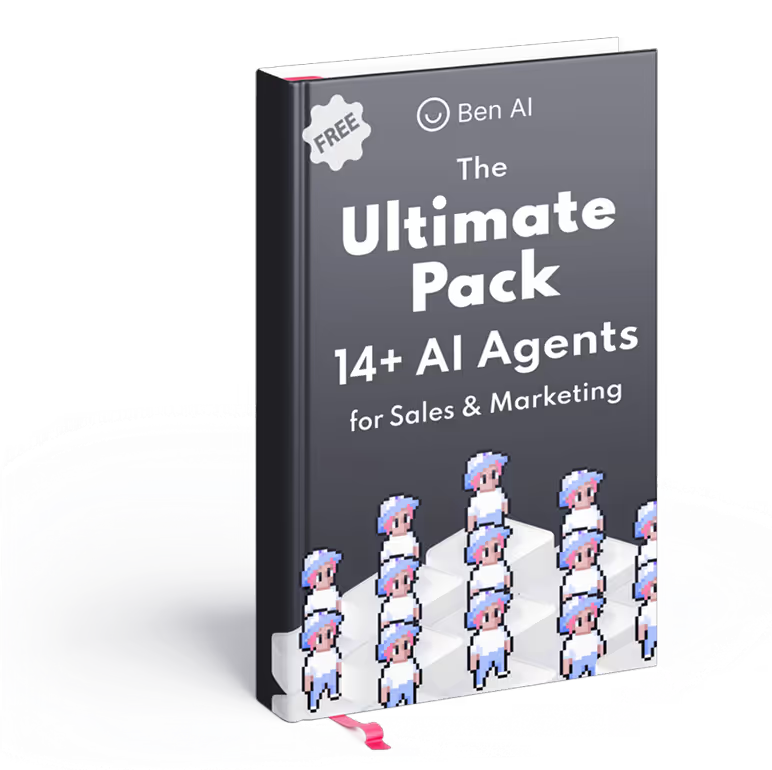
Latest Blogs
Explore our latest blog posts and insights.

